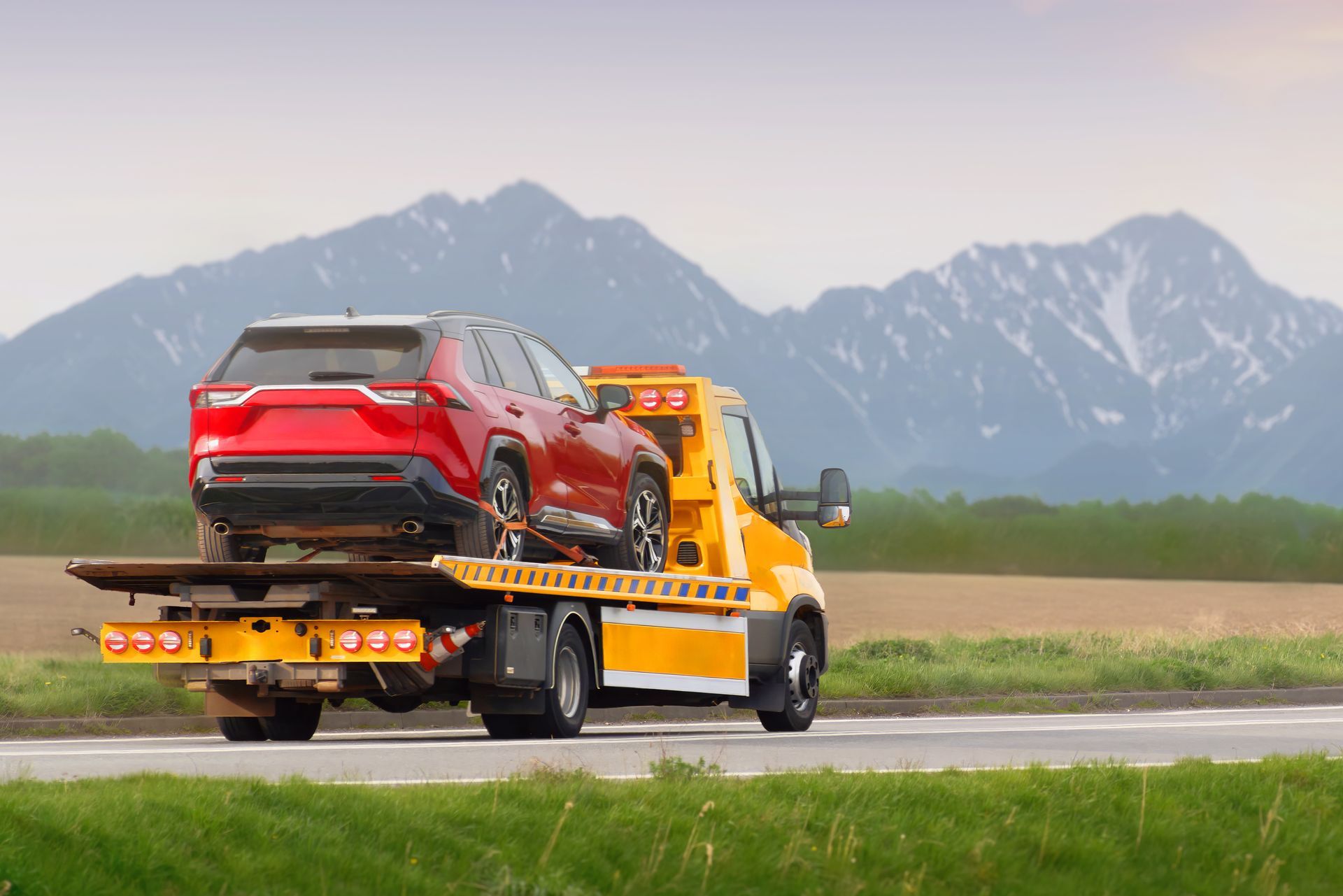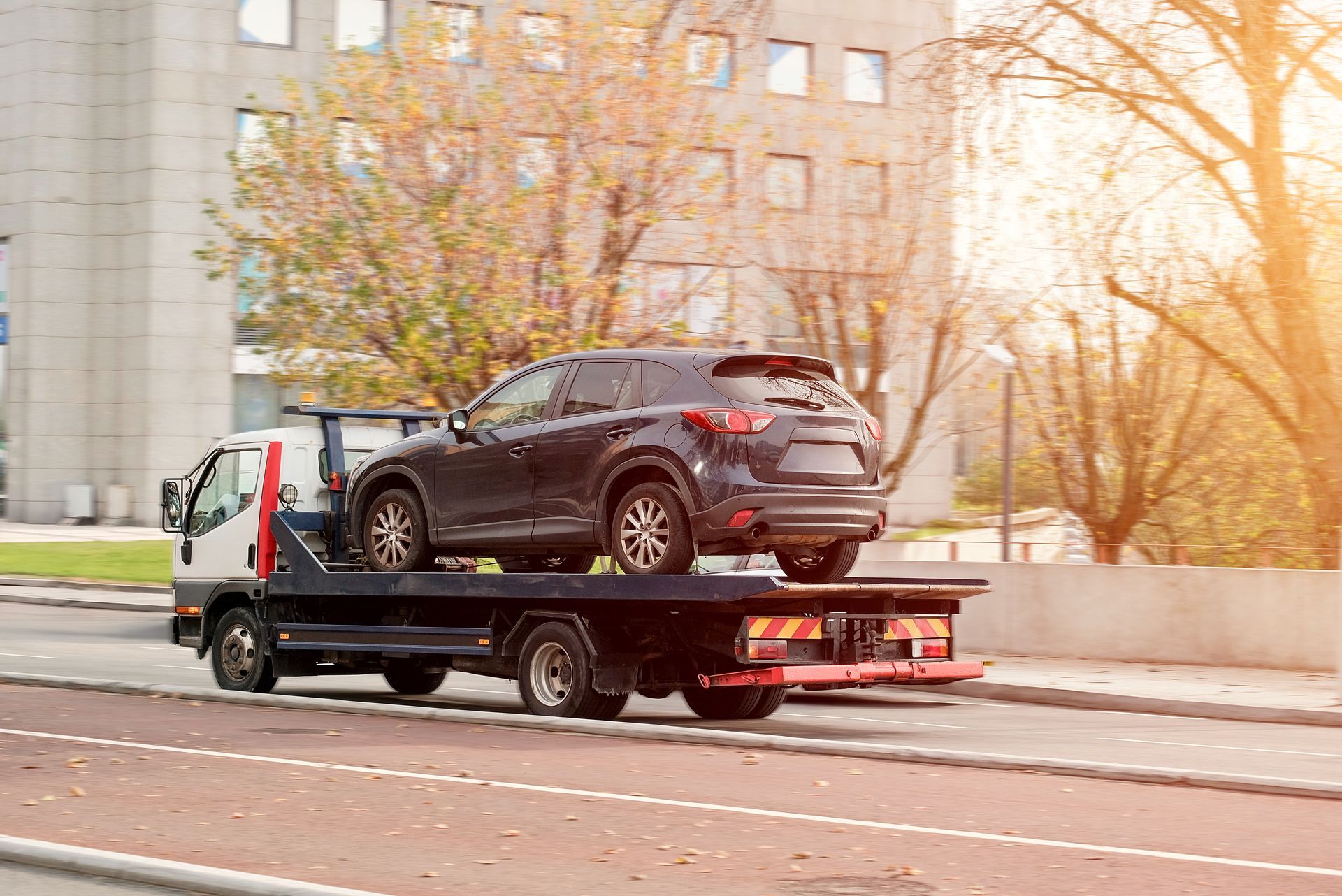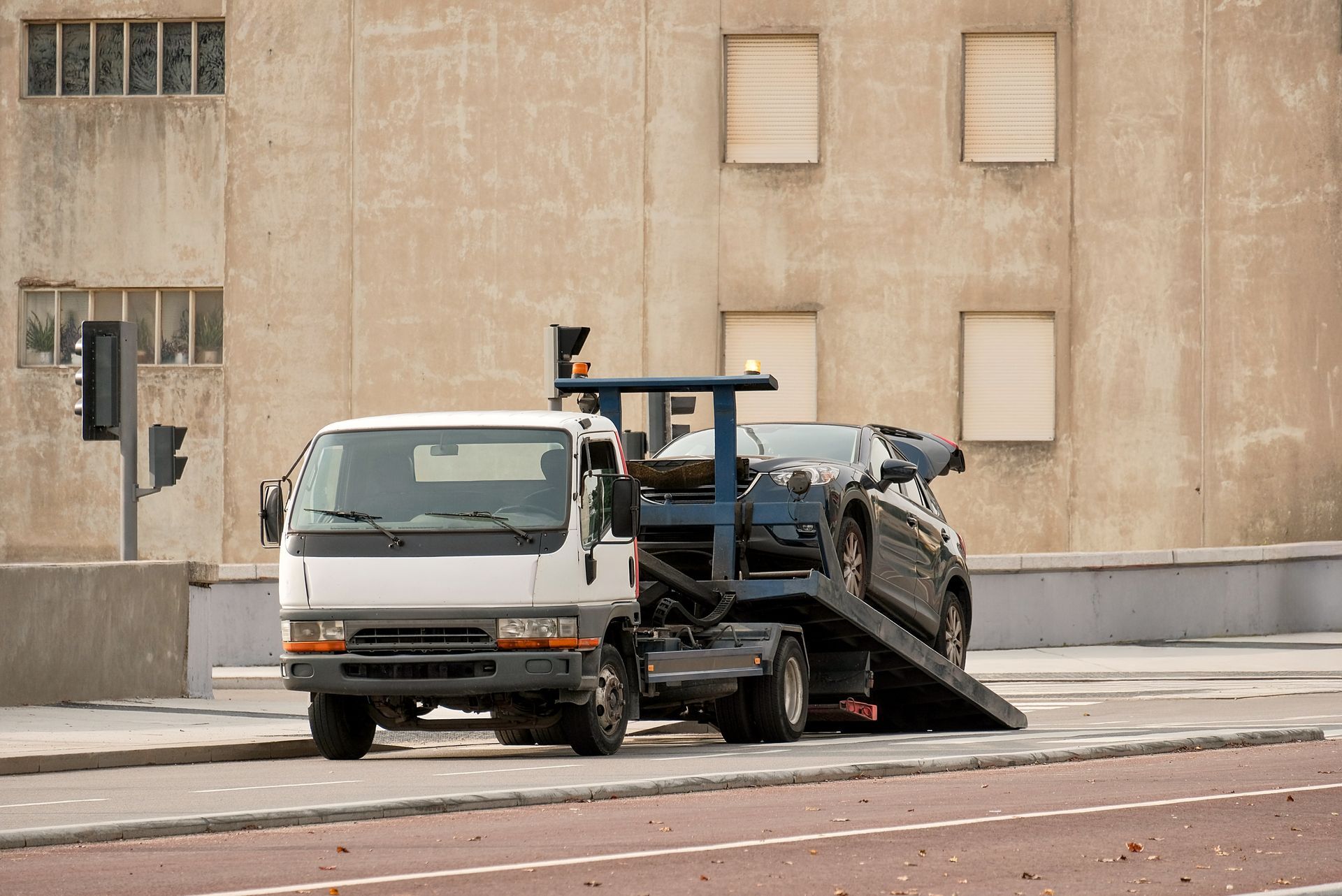Winching Wonders: Rescuing Vehicles from the Toughest Spots
Winching, often seen as the unsung hero of vehicle recovery, plays a pivotal role in pulling stranded vehicles out of precarious situations. It's the reliable tool that adventurers, off-roaders, and everyday drivers lean on when caught in a tricky spot. Think back to a time when a heavy rain turned an off-road trail into a muddy mess, and your vehicle got stuck deep. The whir of a winch in action and the sight of the cable pulling a vehicle free can be nothing short of miraculous.
The Evolution of Winching Techniques
Centuries ago, basic pulleys were the forerunners of today's sophisticated winching systems. These rudimentary tools played a vital role in construction, shipping, and other industries, making heavy lifting feasible. As transportation evolved, the need for more refined winching techniques grew, leading to innovations like hand-cranked and later, electric winches.
Modern electric winches, with their powerful motors and robust designs, trace their lineage back to these early innovations. They're now indispensable to off-road enthusiasts, rescue teams, and many industrial applications. Over time, as roads reached farther and vehicles ventured into previously unexplored terrains, the importance of effective winching grew manifold.
Types of Winches and Their Applications
When it comes to winches, one size doesn't fit all. Manual winches, operated by hand, are perfect for smaller tasks and lighter vehicles. Their simplicity makes them reliable, but they demand physical effort. On the other hand, electric winches, driven by a motor and battery, offer more power and are suited for heavier vehicles and more demanding recoveries.
Then there are specialized winches, like hydraulic and pneumatic types, which find their niche in specific scenarios. For instance, a hydraulic winch, powered by a vehicle's power steering pump, can be incredibly resilient and powerful, ideal for extended pulls. Understanding your vehicle, the terrains you frequent, and your winching needs are crucial in choosing the right winch.
Understanding the Mechanics
At the heart of a winch's power is a simple yet effective principle: leverage. Through the combination of a drum, motor, and cable, a winch magnifies a small force over a longer distance to produce a much larger force over a shorter distance. This mechanical advantage is what enables a winch to pull weights far exceeding its own.
Critical to its function are components like the drum, where the cable is wound; the motor, which provides the power; and the cable itself, which connects to the stranded vehicle. Safety mechanisms such as brakes and clutches ensure controlled operation, preventing mishaps and ensuring the vehicle is pulled steadily and securely.
Winching Techniques for Different Terrains
Every terrain poses its own set of challenges. In mud, the suction effect can make vehicles incredibly hard to recover. The key lies in not just pulling the vehicle out, but also in breaking the vacuum created by the mud. Gentle seesawing combined with winching can be effective here.
Sand, especially in deserts or beaches, presents a shifting, unstable ground. Here, reducing tire pressure and using broad recovery boards alongside winching can facilitate recovery. Cold terrains like snow and ice demand a different approach, where ensuring that the vehicle doesn't slide is as important as the pull itself. And on steep inclines, it's essential to maintain stability and prevent the vehicle from toppling.
Safety First: Winching Dos and Don’ts
Every tool, no matter how useful, must be used with respect and understanding. Winches are no exception. Regular maintenance, from checking cables for frays to ensuring that the motor is in top shape, can prevent unexpected failures. A poorly maintained winch is not just inefficient; it's dangerous.
Common mistakes include standing too close to the cable while winching or using damaged equipment. It's crucial to wear protective gear like gloves and goggles and maintain a safe distance. Clear communication among all involved is paramount. After all, safety should never be compromised, no matter how challenging the recovery.
Accessories and Add-Ons for Enhanced Winching
While a winch is powerful on its own, certain accessories can significantly enhance its capabilities. Snatch blocks, for instance, can effectively double the pulling power of a winch and allow for directional pulls. They're invaluable in complicated recovery situations.
Recovery straps and tree savers protect both your vehicle and the environment. While the former can provide additional reach, the latter ensures trees used as anchor points aren't damaged. Modern winching also embraces technology, with tools like wireless remotes allowing for safer, more distant operation. Choosing the right anchoring point, be it ground anchors or another vehicle, is crucial for effective winching.
Looking to the Future: Innovations in Winching
As with all technologies, winching too is poised for evolution. We're on the cusp of seeing winches that are lighter, more powerful, and integrated with smart technology for better control and efficiency. Environmental considerations are also steering the industry towards more eco-friendly practices, ensuring the wild terrains we love remain unspoiled.
Training and certification are becoming more commonplace, with courses designed for both casual off-roaders and professional recovery teams. This ensures that as winching technology advances, the knowledge and skills of those using them advance too.
In the realm of vehicle recovery, winches hold a place of reverence. They're the silent guardians that stand vigilant, ready to pull vehicles from the toughest of spots. If there's one takeaway, it's the importance of investing in quality winching gear and training. For those moments when you find yourself in a tight spot and need expert help, don't hesitate to contact
AZTECA TOWING. With a reputation for excellence and a fleet equipped with top-of-the-line winches, they're the lifeline you can count on.





